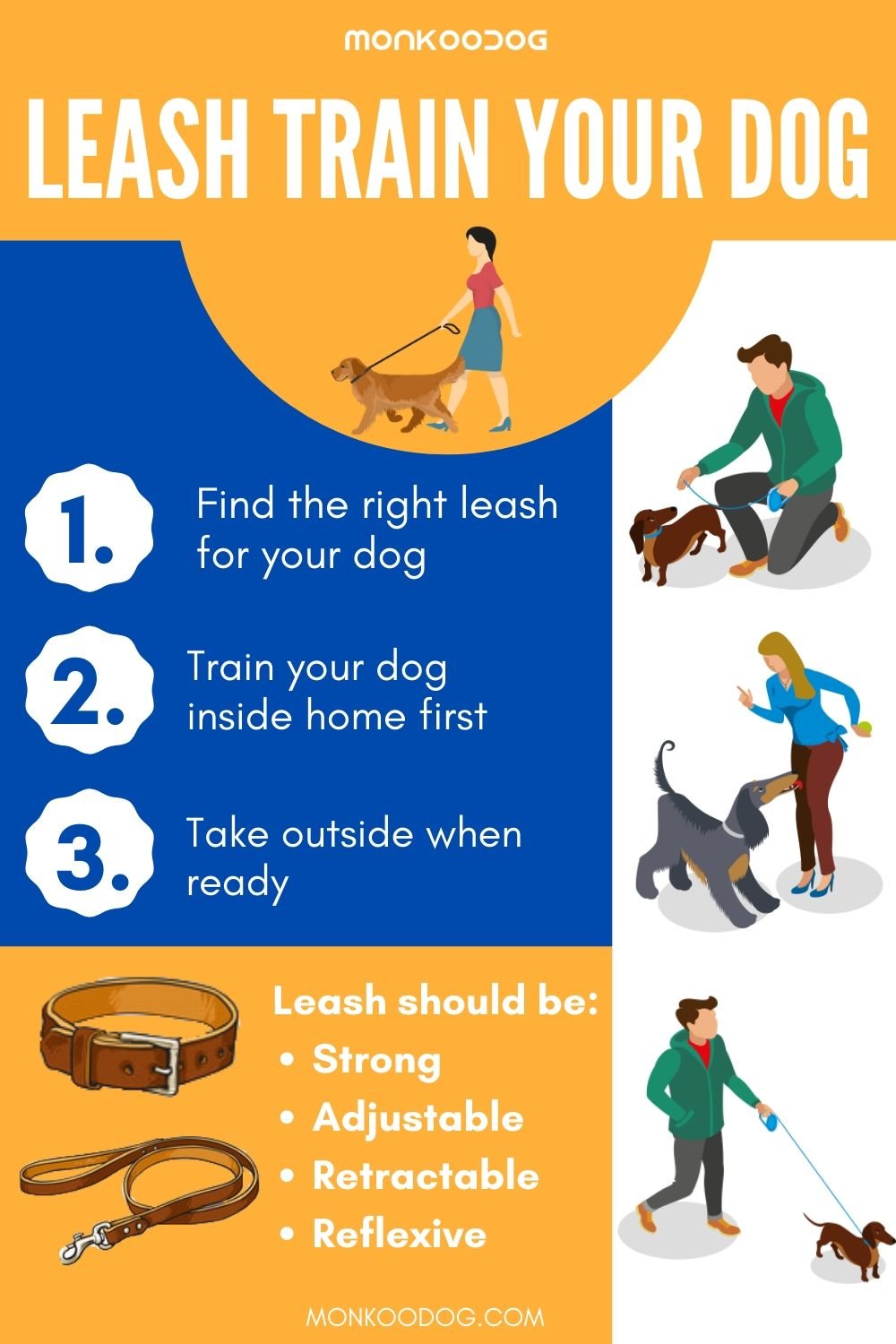how do you train a dog
How to Train a Dog
Introduction

Dogs are amazing creatures that can bring so much joy to our lives. They're loyal, loving, and always there for us. But in order to have a happy and well-behaved dog, it's important to train them properly.
Training a dog doesn't have to be difficult, but it does require time, patience, and consistency. With a little effort, you can teach your dog basic commands, such as sit, stay, come, and down. You can also teach them more advanced tricks, such as fetch, roll over, and shake.
In this article, we'll discuss the basics of dog training, including how to choose the right training method for your dog, how to start training, and how to deal with common problems. We'll also provide tips for training specific breeds of dogs.

Choosing the Right Training Method
There are many different training methods available, and the best one for you will depend on your dog's individual personality and learning style. Some of the most popular training methods include:
- Positive reinforcement: This is the most common training method, and it involves rewarding your dog for good behavior. When your dog does something you want, such as sitting or coming when called, you give them a treat or a piece of praise. Positive reinforcement is a very effective way to train dogs, and it's also the most humane.
- Negative reinforcement: This method involves punishing your dog for bad behavior. For example, if your dog barks at the mailman, you might clap your hands or spray them with a water bottle. Negative reinforcement can be effective, but it's important to use it sparingly, as it can damage your relationship with your dog.
- Aversive training: This method involves using physical or verbal punishment to train your dog. For example, you might hit your dog with a rolled-up newspaper or yell at them. Aversive training is not recommended, as it can be harmful to your dog's physical and emotional well-being.

The best way to choose a training method is to experiment and see what works best for you and your dog. If you're not sure which method to use, you can always consult with a professional trainer.
Starting Training
Once you've chosen a training method, you can start training your dog. The best time to start training is when your dog is a puppy, as they're more receptive to learning new things. However, you can also train an adult dog, as long as they're healthy and willing to learn.
/Steps-to-train-your-dog-1118273_V3-d54431849ef64dc68e8d25eb07b0c1cc.png)
The first step in training your dog is to establish a routine. This will help your dog to know what to expect and will make training more effective. Your routine should include regular meals, walks, and playtime. It's also important to set aside time each day for training.
When you're first starting out, focus on teaching your dog basic commands, such as sit, stay, come, and down. These commands are essential for obedience training and can help you to keep your dog under control in different situations.
When you're teaching your dog a new command, start by using a clicker or a marker word. This will help your dog to associate the command with the reward. Once your dog has learned the command, you can start to phase out the clicker or marker word.

It's important to be patient and consistent when training your dog. Don't get discouraged if your dog doesn't learn a new command right away. Just keep practicing and your dog will eventually get it.
Dealing with Common Problems
There are a few common problems that dog owners often encounter when training their dogs. Here are some tips for dealing with these problems:

- Pulling on the leash: If your dog pulls on the leash, you can try using a harness instead of a collar. Harnesses are more comfortable for dogs and they make it more difficult for them to pull. You can also try training your dog to walk on a loose leash.
- Barking: If your dog barks excessively, you can try to ignore the behavior, or you can use a bark collar. Bark collars emit a sound or a shock when your dog barks, which can help to deter the behavior.
- Chewing: If your dog chews on furniture or other objects, you can try to provide them with more appropriate chew toys. You can also try to discourage the behavior by spraying the objects with a bitter apple spray.
Training Specific Breeds of Dogs
Some breeds of dogs are easier to train than others. Here are a few tips for training specific breeds of dogs:

- Border Collies: Border Collies are known for their intelligence and trainability. They're eager to please and they
Thank you for exploring our website by how do you train a dog. Your presence fuels our commitment to excellence. Come back for a more enriching experience!
